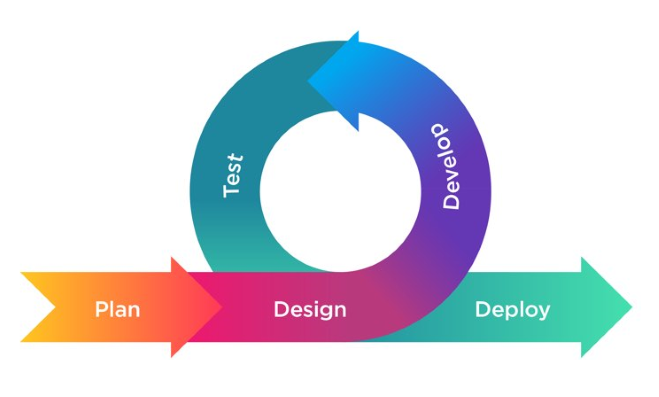
Individual responsible for testing and validating the implementation of the user stories/requirements. Only members of the Development Team increase the increment. The Development Team consists of professionals who do the work of delivering a potentially releasable increment of "Done" product at the end of each Sprint. Individuals responsible for implementing the user stories/requirements. The Product Owner writes (or has the team write) customer-centric items (typically user stories), ranks and prioritizes them, and adds them to the product backlog. He or she is accountable for ensuring that the team delivers value to the business. Individual who represents the stakeholders and is the voice of the customer. Individual held accountable for removing impediments to the ability of the team to deliver the product goals and deliverables acts as a buffer between the team and any distracting influences. As a result, it's more likely to reach its launch date.

Because the products are tested so thoroughly with Agile, the product could be launched at the end of any cycle.The testing at the end of each sprint ensures that the bugs are caught and taken care of in the development cycle.This allows clients to add their feedback so that they ultimately get the product they desire. At the end of each sprint, project priorities are evaluated.Because the Agile methodology allows you to make changes, it's easier to add features that will keep you up to date with the latest developments in your industry.Re-writes to the program, as the client decides to make changes, are expected. The Agile methodology allows for changes to be made after the initial planning.The process, with its lack of initial design and steps, is often criticized for its collaborative nature that focuses on principles rather than process. These sprints allow for bugs to be discovered, and customer feedback to be incorporated into the design before the next sprint is run.

The work on these modules is done in weekly or monthly sprints, and at the end of each sprint, project priorities are evaluated and tests are run. Instead of a sequential design process, the Agile methodology follows an incremental approach.ĭevelopers start off with a simplistic project design, and then begin to work on small modules. All other phases of the Project Management Life Cycle should be followed when using Agile/Scrum, including Initiation, Definition and Planning, Monitoring and Controlling, and Closeout.Īgile came about as a "solution" to the disadvantages of the waterfall methodology. Often, both are used, with the BRD serving as the high-level document and the user stories as the more user-centric, detailed requirements. From a Project Management Life Cycle point of view, Scrum largely takes the place of the Project Execution/Implementation phase, beginning with user stories that can, but do not necessarily, replace a formal Business Requirements Document (BRD).

The Agile/Scrum development methodology is not used for every project at Stanford, or even the majority of projects (yet) however, it is increasingly taking the place of the traditional "waterfall" methodology, especially for projects where user requirements are more difficult to nail down with confidence at the start of the project, or for SaaS projects where the vendors' implementations are predominantly Agile (of some sort).


 0 kommentar(er)
0 kommentar(er)
